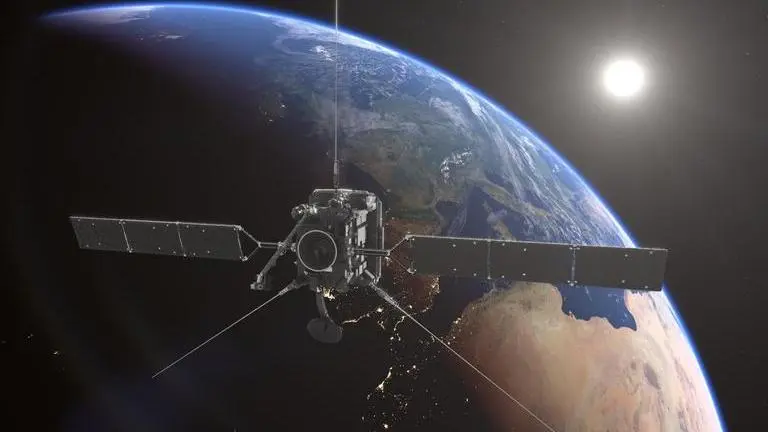Updated 26 November 2021 at 18:27 IST
Russia's ASAT test makes Solar Orbiter's super close Earth flyby on Nov 27 riskier: Report
The ESA solar probe will make a close flyby through Earth on November 27 and scientists are worried about the space debris created by Russian ASAT test.
- Science News
- 2 min read

The solar probe, designed by the European Space Agency (ESA) for a deep study of the sun, will make a close flyby through Earth on Saturday, November 27, and scientists are worried about its encounter with space debris.
Although, chances of the probe’s collision with any junk pieces are very small, the recent anti-satellite (ASAT) missile test by Russia has made the already risky flight even riskier. The spacecraft, which was launched in February 2020, will zoom past our planet just 460 km above North Africa and the Canary Islands at around 10 am (IST) before heading towards the sun.
Russia’s ASAT test on November 15 amplified the risk
On November 15, Russia blew up a soviet-era satellite, which created a cloud containing thousands of pieces of debris and added to the already littered low-Earth orbit. In an interview with Space.com, Andrea Accomazzo, ESA's head of solar system and exploration said-
Solar Orbiter will fly through the most polluted areas around Earth. We run calculations in which we compare the path of Solar Orbiter with the trajectories of all known space debris objects. The problem is that the test (by Russia) happened so recently that there is only partial information about the debris it created.
The experts are planning a last-minute maneuver in case the probe gets on a collision course with a junk piece, although everything has been reported clear as of now. Reportedly, the maneuver will make the flyby less efficient as the probe will be diverted nearly 20 kilometres off its original path and this will hinder the calculated path of the orbiter. Accomazzo further said as per Space.com, "It would slightly change the parameters of the gravity assist maneuver, Later on, we would have to perform a correction using the propellant onboard of Solar Orbiter".
Advertisement
According to ESA, the upcoming flyby will line the spacecraft up for its next six flybys of Venus and the gravity assists from these planets will set it on a path to take direct images of the sun's poles. However, the debris created by the ASAT test is a fraction of what is floating in the orbit as according to ESA's estimates, there are nearly 36,500 pieces bigger than four inches that are orbiting the Earth at near-bullet speed.
Image: ESA
Published By : Harsh Vardhan
Published On: 26 November 2021 at 18:27 IST
